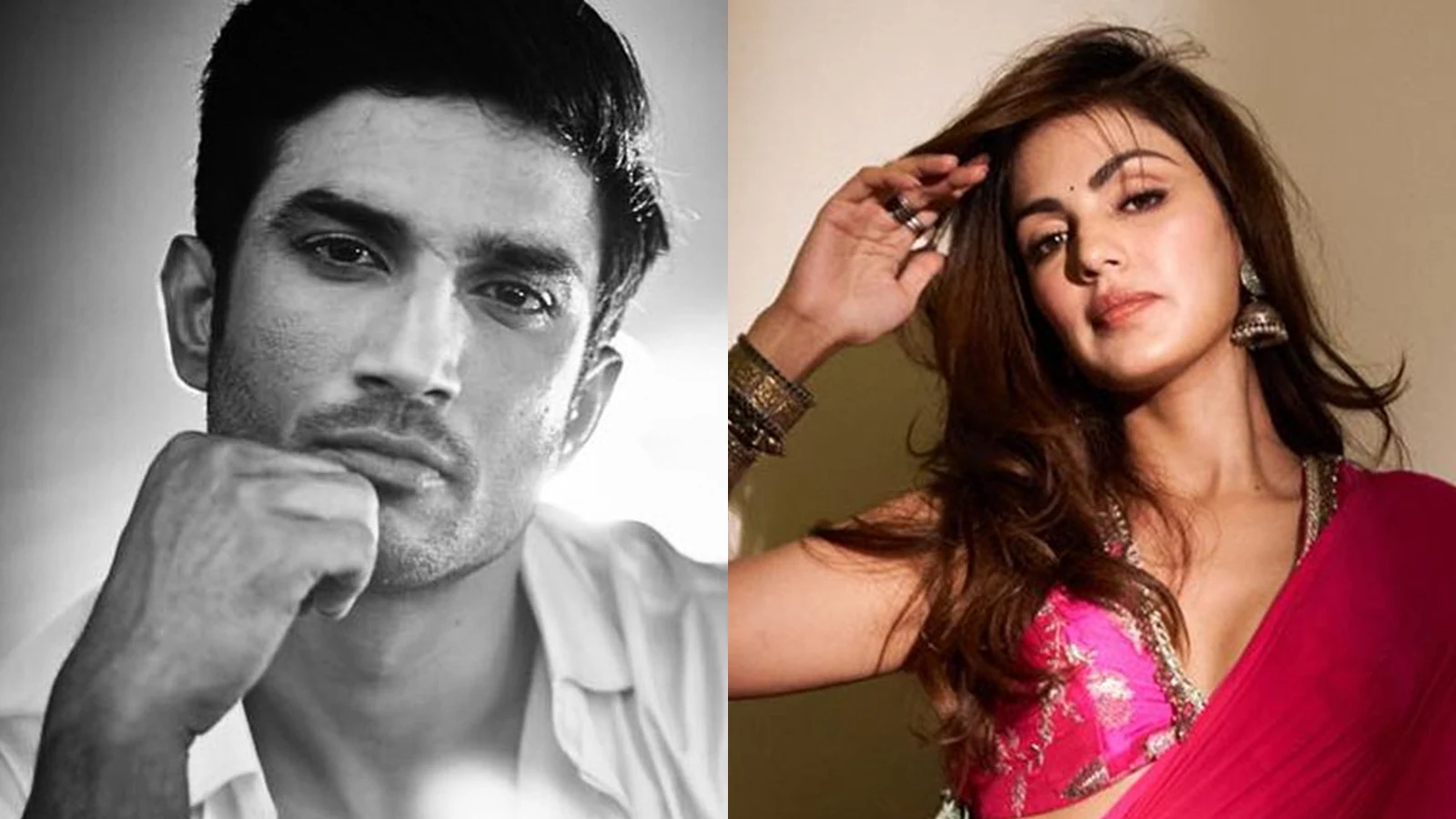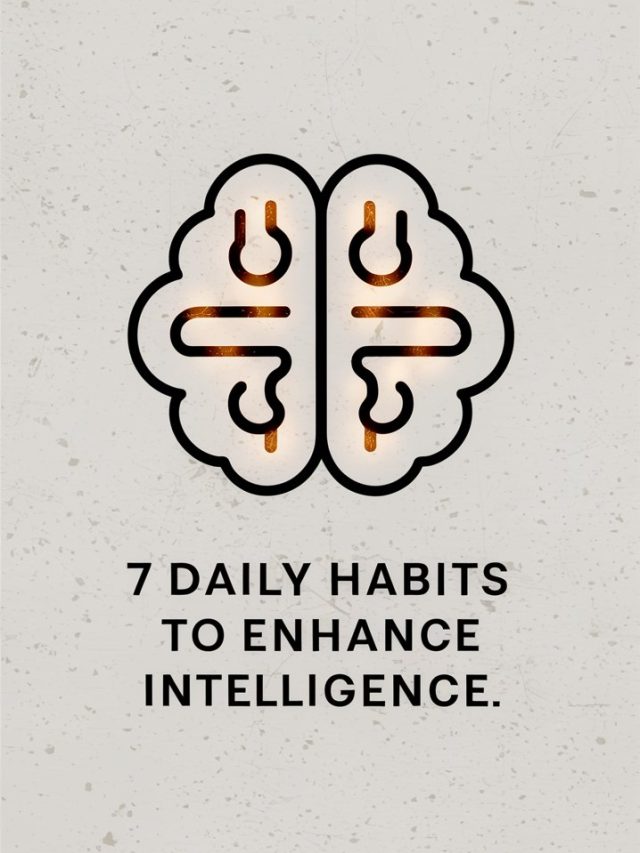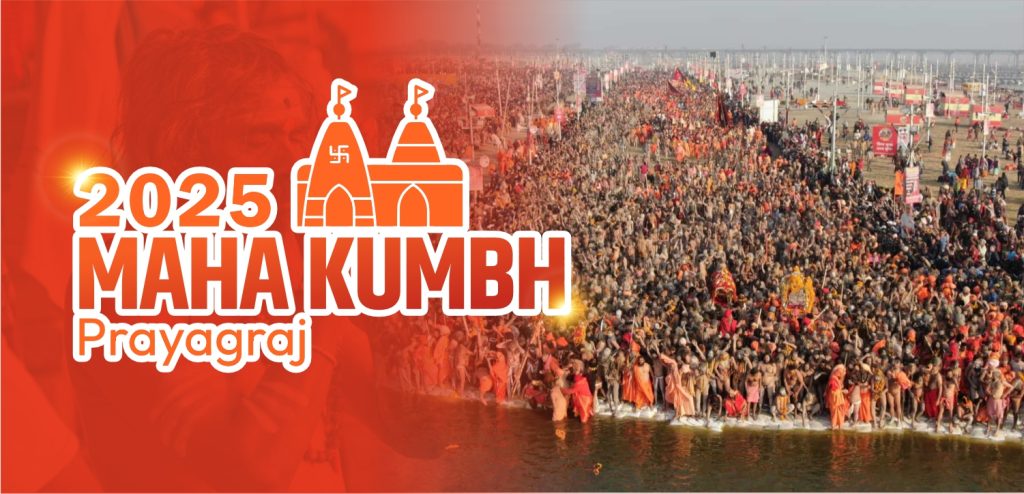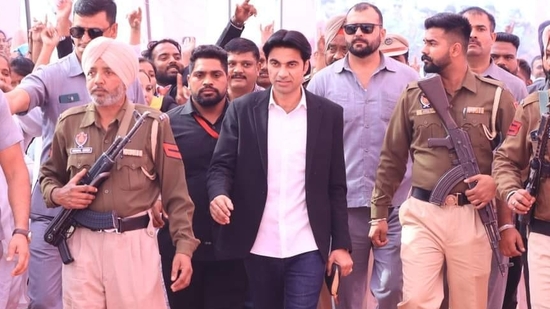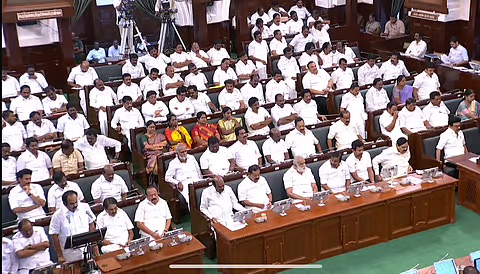Streetwear! This cool fashion trend started small but blew up big-time
Back in the day, skaters and hip-hop fans created this style that was all about being yourself and looking fresh on the streets. It wasn’t about fancy designer stuff – it was about comfy clothes that looked dope and said something about who you are.
Fast forward to now, and streetwear is everywhere! It’s not just for a select few anymore. Everyone from your little brother to big-time celebrities is rocking it. It’s changed how we think about fashion, mixing comfort with style in a way that feels real and relatable.
What’s awesome about streetwear is that it lets you show off your personality through your clothes. Whether you’re into baggy hoodies, sick sneakers, or graphic tees, there’s something for everyone. It’s like wearing your favorite music or art on your sleeve!
The Origins of Streetwear

The 1980s: Birth of a Movement
Streetwear’s roots can be traced back to the 1980s, a decade marked by significant cultural shifts. The movement began in the streets of Los Angeles and New York, where young people involved in skateboarding, surfing, and hip-hop found a way to express their identities through clothing. It was during this period that brands like Stüssy emerged, laying the foundation for what would become a global trend.
Stüssy: The Pioneer Brand: The streetwear revolution was accidentally begun by surfer Shawn Stüssy, who started off making customized surfboards before branching out into clothing. Stüssy became well-known in the surf and skate scenes for his graphic tees and hoodies, which helped to establish him as a leader in the streetwear industry. Many streetwear labels would later imitate the brand’s ability to connect with growing subcultures through distinctive styles and limited-edition releases.
The Role of Skate Culture: It was more than a sport; it was a lifestyle that moved with the spirit of rebellion and non-conformity. That ethos just fit with the burgeoning streetwear movement. Brands like Vans, known for making hard-wearing, functional footwear, became synonymous with the skate culture and, by extension, streetwear. Its slip-on shoes, with their signature waffled soles, were favored by skaters for their practicality and comfort, further cementing their place within streetwear fashion.
1990s: The Fusion of Hip-Hop and Fashion
So picture this: It’s the 1990s, and hip-hop is blowing up. The music’s hot, but so are the clothes the artists are wearing. Everyone wants to look as cool as their favorite rappers. Take Run-D.M.C., for example. These guys weren’t just dropping beats – they were setting trends. Remember those Adidas tracksuits and sneakers without laces? That wasn’t just a look, it was a statement. And folks ate it up!
Then you’ve got LL Cool J. This dude made baggy clothes look good. Oversized jackets, loose jeans – suddenly, comfort was cool. It wasn’t about squeezing into tight outfits anymore. Nah, it was about being comfy and stylish at the same time. What’s cool is how this style spread. It wasn’t just hip-hop fans dressing this way. Soon, kids in the suburbs, college students, and even adults were getting in on it. Streetwear was becoming something everyone could wear and make their own.
Hip-hop artists established themselves as fashion legends, utilizing their influence to mold streetwear trends. Run-D.M.C.’s support of Adidas sneakers, for instance, not only increased brand recognition but also demonstrated the close relationship between fashion and music. The mutually beneficial link between streetwear and hip-hop contributed to the establishment of streetwear’s mainstream status. Read more: https://elle.in/article/indian-streetwear-evolution/
The best part? This wasn’t some fancy designer telling people what to wear. This was real people, on real streets, creating a style that felt true to them. And that’s what made it so popular – it felt authentic.
The Role of Limited Editions and Collaborations in Streetwear’s Appeal
Supreme: The Iconic Skate Brand
Founded by James Jebbia in 1994, Supreme started as a small skate shop in New York City but quickly evolved into a cultural icon. Supreme’s limited-edition drops, high-profile collaborations, and minimalist designs attracted a cult following. The brand’s authenticity and commitment to quality resonated with both skaters and fashion enthusiasts, securing its place at the pinnacle of streetwear.
Vans: From Skate Parks to Mainstream
Vans, originally a staple in skate culture, made a seamless transition into mainstream fashion. The brand’s simple yet functional designs, particularly its slip-on shoes, became a hallmark of streetwear. Vans’ ability to maintain its skateboarding roots while appealing to a wider audience exemplifies the versatility of streetwear.
Nike and Adidas: Athletic Wear Meets Streetwear
Perhaps Nike and Adidas best embody the marriage of athletic wear with streetwear. Both companies, until now known for their performance-related products, made room for streetwear by collaborating with designers and artists on limited-edition releases that canceled the difference between sportswear and fashion. In the process, a new wave of streetwear came into being that married functionality and fashion.
Streetwear as a Cultural Movement
Self-Expression and Individuality in Streetwear: You know how clothes can say a lot about you? That’s what streetwear is all about!
Think about it – when you pick out your outfit, you’re telling the world a little story about who you are. Maybe you’ve got a t-shirt with your favorite band on it, or some sneakers in a color that just screams “you”. That’s the heart of streetwear right there.
It’s pretty cool when you think about it. Streetwear isn’t just about looking good (though that’s definitely part of it!). It’s about showing off what makes you, well, you! Maybe you’re into skate culture, or hip-hop, or anime. With streetwear, you can put that right out there for everyone to see.
And here’s the thing – it doesn’t matter where you’re from or what you’re into. Streetwear is for everyone. That’s why you see people rocking it all over the world. From Tokyo to New York to Paris, people are using their clothes to express themselves.
Streetwear as a Reflection of Urban Culture: Streetwear reflects the attitudes, lives, and experiences of people in cities all over the world, and is closely linked to urban culture. Streetwear, which can be seen everywhere from New York to Tokyo, has developed into a universal language that cuts over national borders and unites people via shared aesthetics and cultural allusions.
The Globalization of Streetwear Culture: Streetwear has become a worldwide phenomenon, largely due to the internet and social media. With cities like Tokyo, Paris, and London becoming hotspots for streetwear, what began in the streets of Los Angeles and New York has expanded to every corner of the world. Streetwear culture has become a universal form of expression, bridging gaps between many communities and cultures as a result of its globalization.
The Future of Streetwear: Sustainability and Digital Innovation

As the streetwear market develops further, sustainability is becoming an increasingly important factor for both customers and brands. This change is indicative of a larger trend in the fashion industry as people become more conscious of the negative effects that clothing manufacture and consumption have on the environment and society.
Major streetwear companies are now aggressively integrating ethical production practices and environmentally friendly components into their supply networks. Growing customer desire for environmentally conscious and ethically sound fashion options is what is driving this shift.
However, the introduction of virtual and digital apparel is another fascinating trend in the streetwear industry. Digital streetwear is being developed by companies like Rtfkt, which creates wearable virtual footwear and clothes for the metaverse and social media. With all of this newness that’s starting to emerge, there are more opportunities for innovation and self-expression, which raises the bar for streetwear in this digital age.

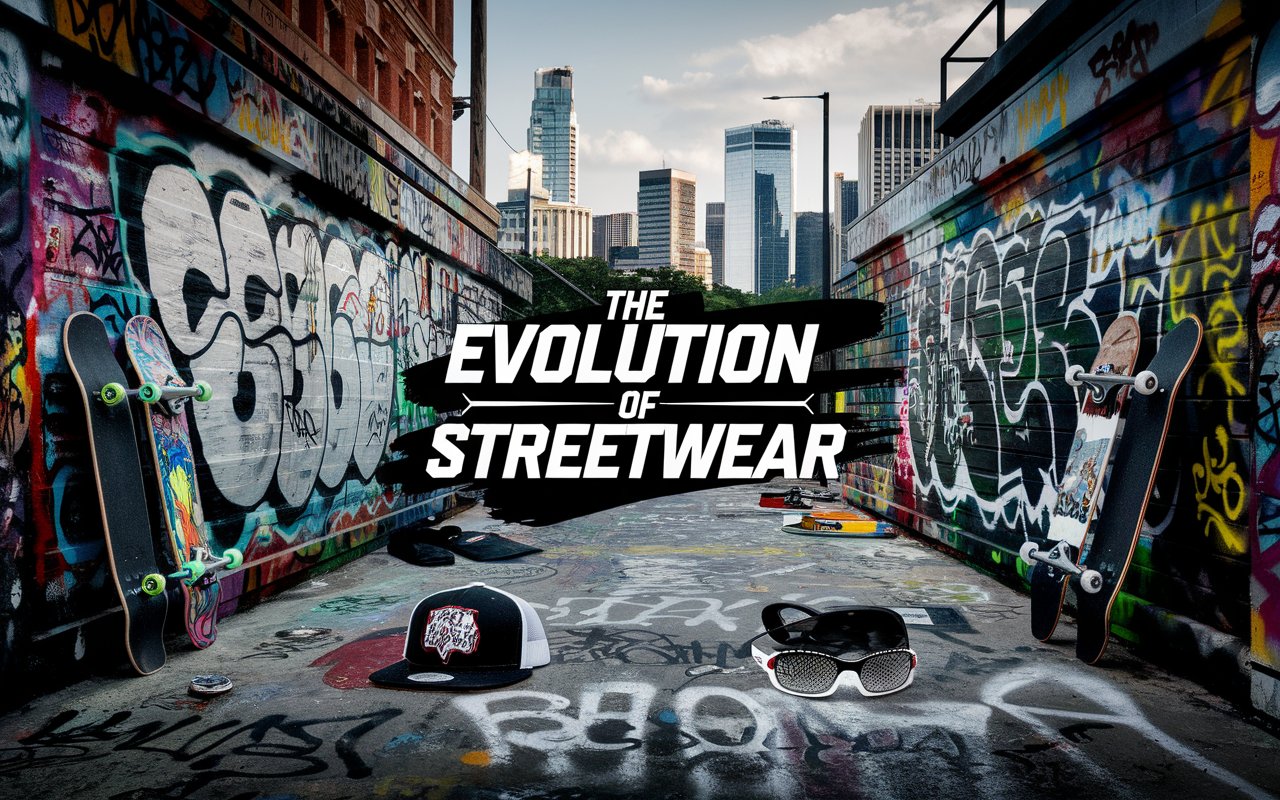
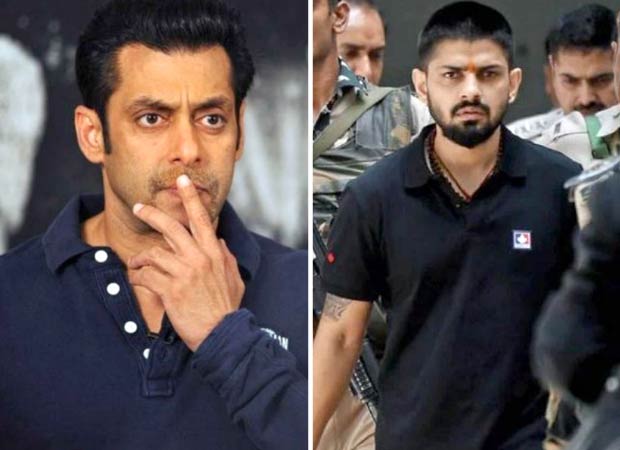
 By
By
